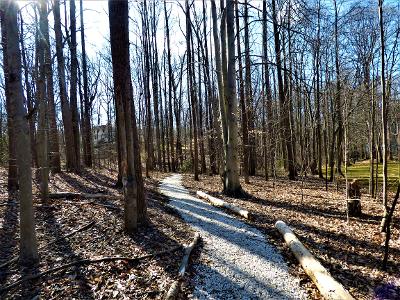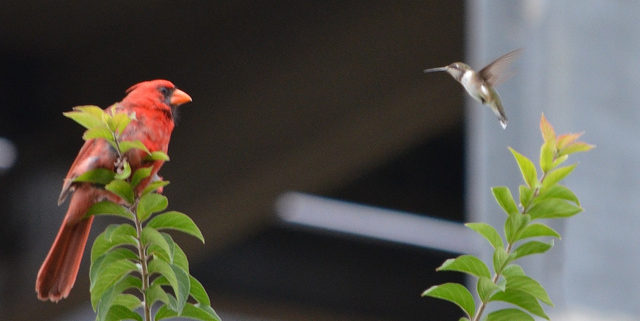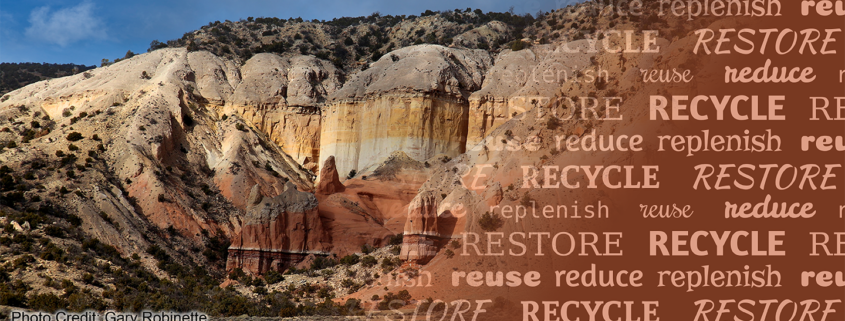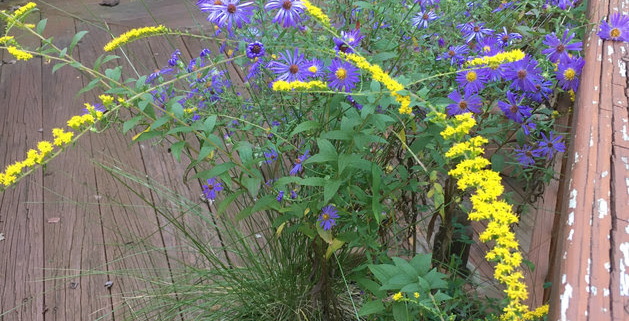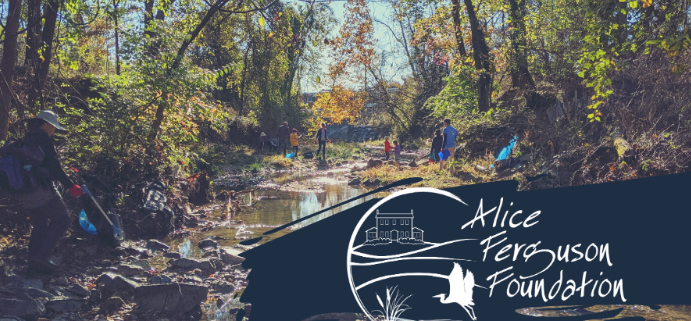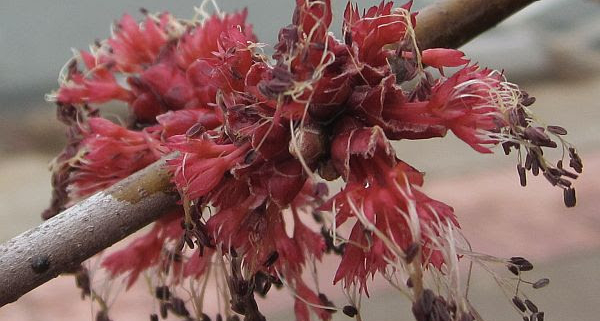Encourage the Teens in Your Life to Work With Fairfax County to Protect the Environment
The Fairfax County Environmental Quality Advisory Council (EQAC) is pleased to announce the opening of the application period for its student member term running from July 2021 through June 2022. EQAC comprises of one citizen representative from each of nine magisterial districts, four at‑large members, and one student representative. Each member is appointed by the Board of Supervisors to serve a three-year term, except the student member, who serves during her or his junior or senior year of high school.
EQAC’s primary function is to make recommendations to the Board of Supervisors for improving environmental protection and enhancement. During monthly meetings, issues such as water quality, air quality, land use, transportation, solid waste, noise, ecological resources, climate change, energy, hazardous materials, visual and light pollution, and environmental stewardship are investigated. In addition, EQAC holds a public comment meeting each year, typically in January, to obtain input from the community on issues of environmental concern.
The Annual Report on the Environment, which is prepared by EQAC, provides information on the status of various environmental resources and issues and is designed to aid the Board of Supervisors in setting its environmental agenda and priorities. EQAC prepares the Annual Report on the Environment with contributions from different agencies.
The council generally meets on the second Wednesday of each month, starting at 7:15 p.m. The student member application is open to all interested high school sophomores and juniors who are in good standing. Eligible public school, private school, parochial, and homeschooled students are encouraged to apply.
If you are currently a sophomore or junior in good standing and would be interested in serving in this capacity during your junior or senior year, please download and complete the application linked below. All applications must be received via email to [email protected] by 11:59 PM on Friday, May 14, 2021.



